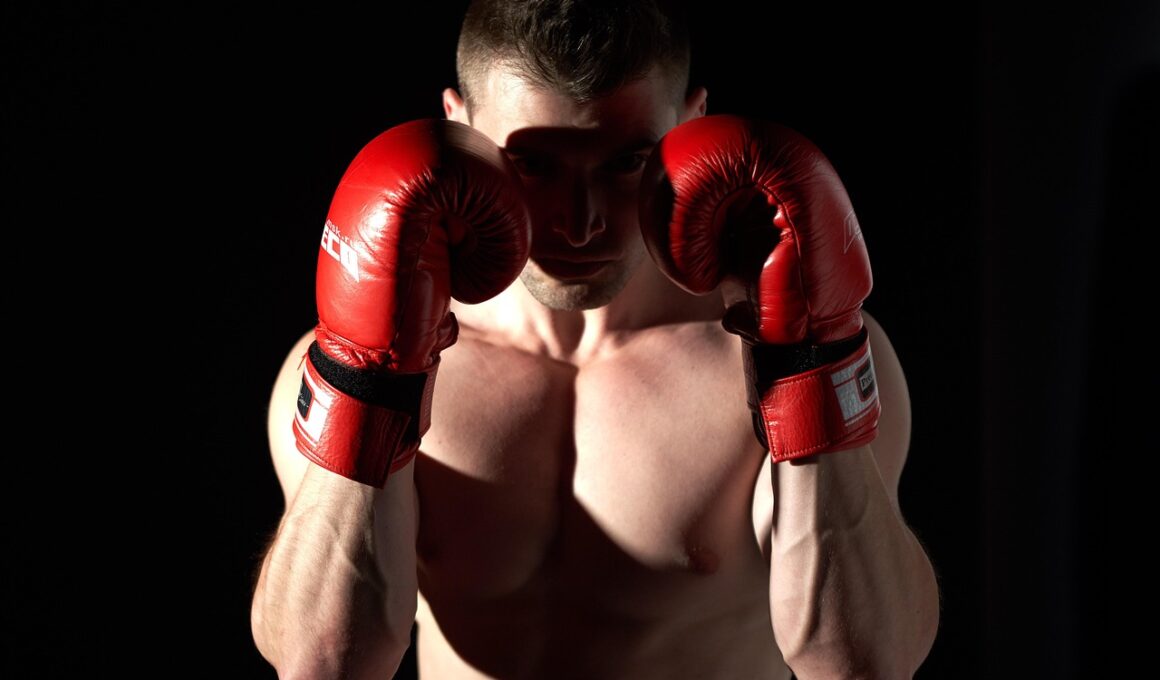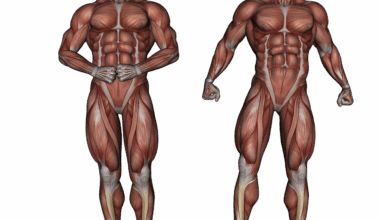The Role of Protective Gear in Different Kickboxing Rules
Kickboxing as a sport has various rule sets across different organizations and competitions, impacting the role of protective gear significantly. In traditional full-contact kickboxing, fighters wear essential gear, such as shin guards and gloves, which are designed to minimize injuries and allow for a safe fighting environment. The requirements for gear can vary depending on whether the match is point fighting or continuous fighting. It is crucial for athletes to understand the specific rules their match will follow, as gear regulations provide insights into the level of contact permitted. Additionally, organizations like the International Sport Karate Association (ISKA) and the World Kickboxing Association (WKA) may have different rules concerning protective equipment. Fighters must also ensure that gear fits appropriately, as improperly fitted equipment can compromise protection and performance. Adopting the correct protective elements enables fighters to engage in their bouts confidently. This understanding of gear relevance leads us to explore the unique protective items required for specific kickboxing categories, which further illuminates how safety and sport intersect in practice.
In the realm of kickboxing, the type and extent of protective gear change notably between amateur and professional competitions. Amateur fighters typically wear headgear alongside the standard gloves, to provide additional protection during bouts. This contrasts with professional kickboxing, where headgear is often eliminated, allowing for a more aggressive fighting style. The approach towards safety in amateur kickboxing stems from the goal of reducing head injuries and safe sparring experiences for less experienced fighters. Moreover, foot protection may also differ accordingly, with amateur fighters more likely to wear specific footwear to minimize any accidental foot injuries. On the other hand, in professional matches, fighters are conditioned to absorb strikes, and thus rely on the resilience of their bodies. Understanding the balance these rules create is key to evaluating how protective gear serves its purpose within various kickboxing formats. Organizations often emphasize athlete safety through guidelines regarding gear, which highlight the need for adherence to safety protocols. Regardless of level, protective gear remains an essential aspect that balances competition and safety at all stages.
Protective Gear in Point Fighting
Point fighting, a distinct category within kickboxing, emphasizes technique over sheer power. Protective gear plays a crucial role in ensuring the safety of participants while allowing them to exhibit their skills. In this format, fighters engage in fast-paced exchanges with an emphasis on accuracy and control. Each participant must wear headgear, often coupled with gloves and shin guards designed to absorb the impact of strikes without compromising mobility. The headgear used in point fighting is lighter, ensuring that fighters maintain their head movements, thus enhancing speed and agility. The importance of this gear is underlined by the fact that fighters aim for scored points through light contact, rather than delivering knockout blows. Additionally, protective vests can be seen to further safeguard the torso area from strikes, which can be critical in ensuring that the focus remains on skill execution without significant risk to wellbeing. Hence, in regulated point fighting, gear standards uphold safety while allowing the artful execution of techniques above raw striking power.
Continuing in kickboxing variations, the role of protective gear in Muay Thai kickboxing showcases significant differences. The techniques utilized in Muay Thai, often referred to as the “Art of Eight Limbs,” invite unique safety considerations due to the use of elbows and knees. In this discipline, fighters are typically required to wear hand wraps and gloves as necessities for boxing strikes, while shin guards are standard for added protection during leg kicks. However, headgear is not as commonly utilized in professional Muay Thai fights, as athletes develop substantial toughness through rigorous training. The absence or presence of gear can reflect the aggressive nature of Muay Thai, aiming for powerful strikes rather than point accumulation. Moreover, there are distinct emphasis points on footwork and strategic reliance on balance, further adjusting athletes’ familiarity with their gear to suit their fighting style. Understanding how protective gear adapts to accommodate various fighting techniques is paramount in correlating the essence of each discipline with its inherent safety measures, justifying the evolution of kickboxing forms.
Safety in Kickboxing Schools
In kickboxing schools and training centers, protective gear is foundational in promoting safety during practice. Trainers often emphasize the necessity of wearing appropriate gear while engaging in sparring or drills to mitigate the risk of injury between students. This approach not only protects students but fosters a culture of conscientious training. Additionally, gear regulations vary based on skill levels, ensuring novice participants ease into the practices without feeling overwhelmed or endangered. During training, students are generally required to wear gloves, shin guards, and often headgear, creating a comprehensive protective ensemble. The consistent use of gear also allows trainers to focus on technique and skill development without the shadow of injury lurking overhead. Moreover, kickboxing schools often provide gear for students, facilitating their participation and allowing for greater accessibility to the sport. In this environment, safety becomes embedded within foundational training, ensuring that students build a comprehensive understanding of both technique and its corresponding protective measures. By underscoring the critical need for protective gear, kickboxing schools cultivate a generation of skilled and safe practitioners.
When exploring the various kickboxing rule variations, it becomes clear that protective gear’s role in regulating injuries transcends just the physical implications. As kickboxing evolves, adjustments in rules and protective equipment are often fueled by medical research and athlete experiences. For instance, the integration of technology into protective gear, such as impact-absorbing materials, reflects a newfound dedication to maximizing fighter safety. This evolution of gear becomes crucial as the sport garners more popularity and garners attention from diverse audiences. Each organization may choose to implement more stringent gear regulations based on its commitment level to athlete wellbeing and safety advancements. Such regulations are often influenced by cases of injuries and subsequent medical studies, paving the way for updated guidelines in protective gear standards. Acknowledging these developments is vital for understanding the advancement of safety protocols within the sport. As practitioners become more educated and informed, the equipment they use inevitably shapes their approach to kickboxing itself, creating a larger and safer environment for competition and practice alike.”
Conclusion: The Future of Kickboxing Gear
Looking towards the future, protective gear in kickboxing will undoubtedly continue evolving alongside the sport itself. The commitment to athlete safety is paramount and will drive innovations in gear design and function. Future trends may include more lightweight materials that ensure mobility while protecting against injuries. Moreover, as rules and regulations continue to adapt, particularly in response to various combat strategies, essential gear will reflect these shifts in approach and technique. With professional and amateur circuits advancing rapidly, there will be an increasing emphasis on standardizing gear across different disciplines to ensure safety parity. Professional governing bodies are expected to engage with scientific research to achieve advancements, such as improved shock absorption systems in gloves and footwear that enhances stability. This future landscape in kickboxing not only promotes participation from diverse backgrounds but also fosters an environment where athlete wellbeing and performance coexist harmoniously. The ultimate goal will persistently focus on safeguarding fighters, ensuring that they can perform to their fullest potential while being shielded by effective and innovative protective gear.


